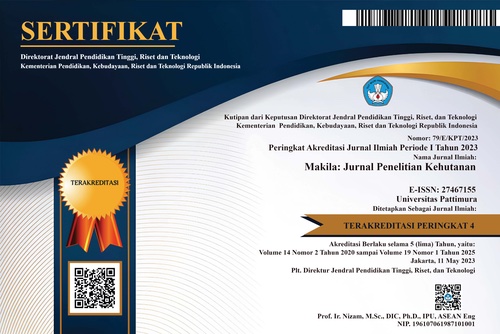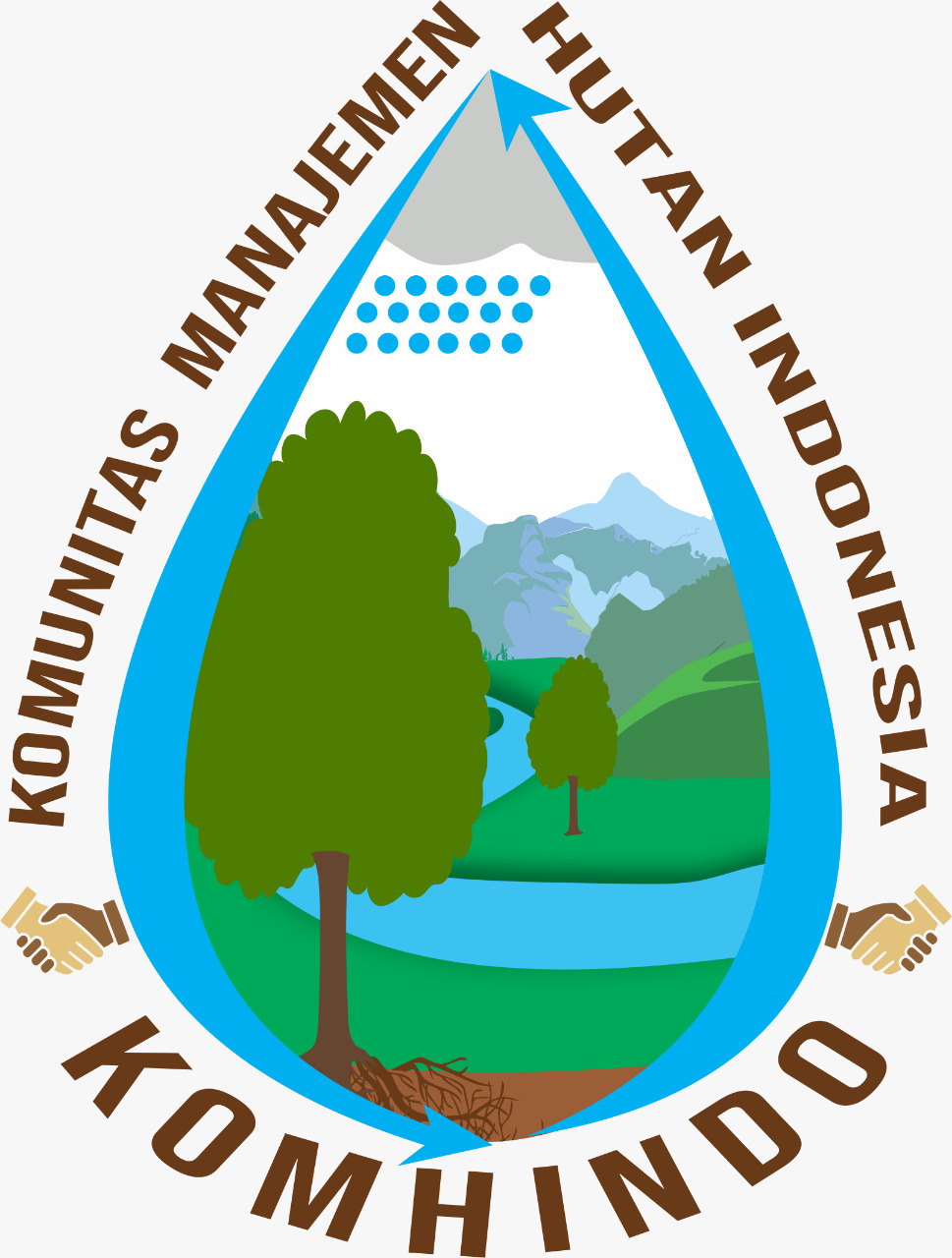Land Cover Classification Using Sentinel 2A Image in Lore Lindu National Park Area, Central Sulawesi
Abstract
Land cover within Lore Lindu National Park is undergoing a continuous transformation driven by both natural processes and anthropogenic pressures. Accurate mapping and classification of land cover types are critical for informed conservation planning and sustainable ecosystem management. This study aims to assess the effectiveness of Sentinel-2A satellite imagery combined with the supervised Maximum Likelihood Classification (MLC) method in delineating land cover types within the Lore Lindu National Park, Central Sulawesi. The research was conducted from August to December 2023 and involved four primary stages: image pre-processing through layer stacking, land cover classification, field verification (ground truthing), and accuracy assessment. The classification results yielded an Overall Accuracy (OA) of 83.75%, indicating a high level of reliability. A total of fifteen distinct land cover classes were identified, with secondary dryland forest occupying the most significant proportion of the area (approximately 80.60%), followed by primary dryland forest, plantation areas, and smaller fractions of rice fields, mining zones, and water bodies. These findings underscore the utility of Sentinel-2A imagery, in conjunction with the Maximum Likelihood algorithm, as a dependable tool for land cover mapping in tropical protected environments. The results provide a valuable spatial basis for developing targeted conservation strategies and enhance the understanding of landscape dynamics within the park.
Downloads
Copyright (c) 2025 Muhammad Adam Suni, Fadjri Maarif, Muhammad Darmawan Basoka, Muhammad Rafiq, Rhamdhani Fitrah Baharuddin

This work is licensed under a Creative Commons Attribution 4.0 International License.











